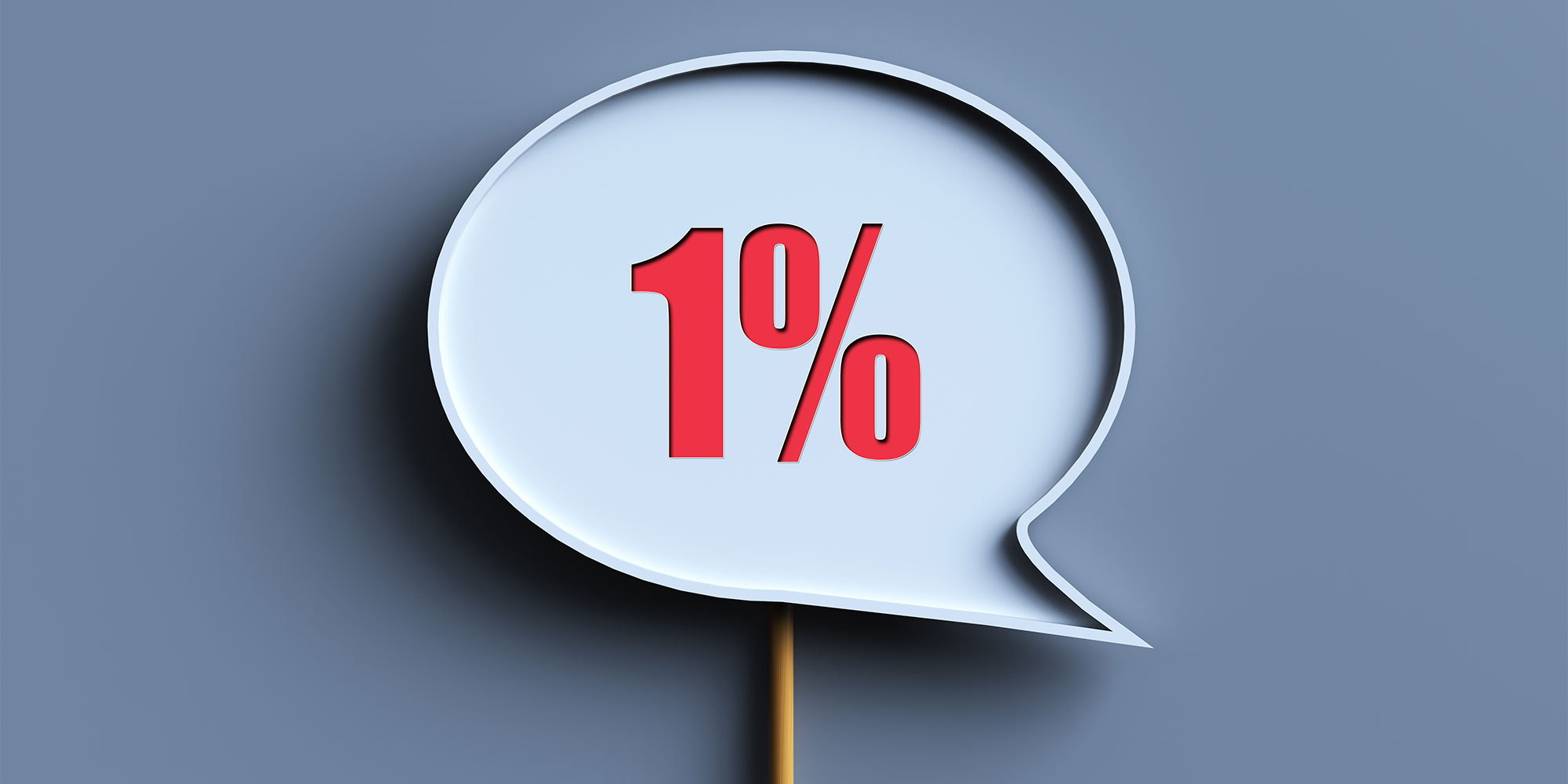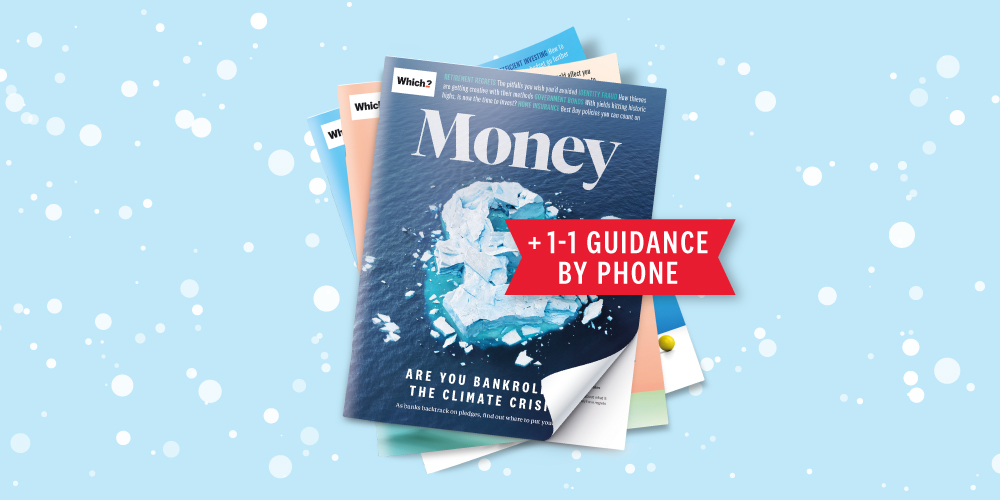
Compare savings accounts
Find the right savings account for you using the service provided by Experian Ltd
Compare and choose
The total amount of money sitting in savings accounts paying 1% AER or less more than doubled in the first half of 2025, according to new data from Paragon Bank.
With deals of 5% still up for grabs, these savers could be missing out on a significant cash bonus. For those with a large lump sum, the cost of not switching to a better paying account could be hundreds of pounds.
Here, Which? reveals how common these low-paying deals are, how much they could be costing savers, and the traps that could quietly chip away at your returns.
Analysis by Paragon Bank showed there has been a surge in savings accounts with rates of 1% or below since the beginning of the year.
The research found the number of savings accounts paying 1% or less jumped by more than 2m in the first half of 2025. Over the same period, the total amount of money sitting in these low-interest deals more than doubled, rising from around £4.6bn to £10.6bn.
The good news is, only a tiny proportion of accounts pay these rock-bottom rates.
Our snapshot analysis of Moneyfacts data on 14 October 2025 shows savings accounts with rates of 1% or less represent just over 2% of the whole market. All of these deals are variable-rate or cash Isa products.
But 22% of these accounts are offered by high street providers: Barclays Bank, Bank of Scotland, The Co-operative Bank, Halifax, and Lloyds Bank. It's important to note, however, that these banks offer other savings products that pay significantly higher rates of interest.
Worryingly, one in four people have never switched savings accounts, according to a recent Moneyfacts survey. This could be down to loyalty to a longstanding provider, the ease of keeping everything in one place, or simply putting it off amid the daily to-do list.
But if your money is sitting in an account paying 1% or less, you could be missing out on significantly better returns.
This table shows the top instant-access and fixed-rate savings and cash Isa accounts, ordered by term.
| Instant access | Cahoot | 5% (a) | 61% | £1 | Internet | Monthly, yearly |
| Instant access cash Isa | Plum | 4.37% | n/a | £1 | Mobile app | Monthly |
| One-year fixed rate | LHV Bank | 4.46% | n/a | £1,000 | Mobile app | On maturity |
| One-year fixed rate cash Isa | Tembo Money | 4.27% | n/a | £500 | Mobile app | On maturity |
| Two-year fixed rate | JN Bank | 4.42% | n/a | £100 | Internet | Yearly |
| Two-year fixed rate cash Isa | Bath Building Society | 4.15% | n/a | £1 | Branch, internet, mobile app | Yearly |
| Three-year fixed rate | DF Capital | 4.47% | n/a | £1,000 | Internet | Yearly, on maturity |
| Three-year fixed rate cash Isa | Secure Trust Bank | 4.11% | n/a | £1,000 | Internet | Yearly |
| Four-year fixed rate | JN Bank | 4.45% | n/a | £100 | Internet | Yearly |
| Four-year fixed rate cash Isa | UBL UK | 4.00% | n/a | £2,000 | Branch, internet, mobile app, postal | Monthly, quarterly, anniversary, on maturity |
| Five-year fixed rate | DF Capital | 4.54% | n/a | £1,000 | Internet | Yearly, on maturity |
| Five-year fixed rate cash Isa | UBL UK | 4.22% | n/a | £2,000 | Branch, internet, mobile app, postal | Monthly, quarterly, anniversary, on maturity |
Table notes: rates sourced from Moneyfacts on 14 October 2025. Provider customer score is based on savers' overall satisfaction with the brand and how likely they are to recommend it to others. n/a means sample size was too small for us to generate a provider score. (a) 5% AER on balances up to £3,000.

Find the right savings account for you using the service provided by Experian Ltd
Compare and chooseIf you have a large lump sum, failing to switch to a high-interest account could leave you hundreds of pounds out of pocket.
For example, if you invested £10,000 in an instant-access account paying 1% AER, you could expect to earn £100 in interest over a year. That's assuming the variable rate remains the same over the 12-month period.
The current top rate for an instant-access account that allows larger deposits is 4.5% AER. Investing £10,000 in this product would increase your annual interest income to £450. That's a difference of more than £300.
The very top rates are also offered by providers you may never have heard of – many of which are online or app-only. Cahoot, Snoop and Sidekick are a few of the brands currently topping the instant-access rates tables.
But don't let the unfamiliar names put you off. So long as they are covered by the Financial Services Compensation Scheme (FSCS), your nest egg should be protected up to £85,000.

Get the best deals, avoid scams, and grow your savings with expert guidance all year for only £36.75 that’s 25% off.
Join Which? MoneyOffer ends 8th January 2026
Even if you’ve avoided ending up with an account paying 1%, failing to switch can still quietly chip away at your returns. Here are three common savings pitfalls to watch out for.
When your fixed term ends, sticking with the same provider can cost you.
Our snapshot comparison of Moneyfacts data from 14 October this year and 14 October last year found that all of last year's top five deals have slipped down the rates tables.
For instance, on 14 October 2024, the top one-year bond was from Union Bank of India, paying 4.95% AER. The same account today pays 4.25%, while the best rate now – 4.55% AER from Marcus by Goldman Sachs – would earn £30 more on a £10,000 deposit.
If you don’t act, your provider may automatically move your cash into a lower-paying or notice account, or return it to your current account where it earns little or no interest.
Mark the maturity date in your calendar so you can shop around in time
Some headline rates include temporary bonuses that expire after a few months. Chase’s Saver, for instance, pays 4.5% AER including a 12-month 2% bonus – but drops to 2.5% afterwards.
To avoid being caught out, keep track of when bonuses end or consider using a savings platform that makes switching easier.
Once registered, you can open and switch between multiple accounts through a single login, without having to fill out a new application each time. Some deals available on savings platforms are exclusive, and some platforms will alert you when a better rate becomes available.
However, watch out for those that charge a fee. This is sometimes taken as a cut of the interest rate before it’s displayed, or deducted as a percentage of your balance.
Your savings rate should ideally match or beat inflation (3.8% in August). More than half of accounts currently fall short.
Variable-rate products – such as instant-access accounts – have the worst rates overall, with just 28% of deals beating inflation.
The lion's share of inflation-busting deals are fixed-rate bonds, with 66% offering returns higher than the current CPI figure. While 42% of cash Isas have rates better than that.